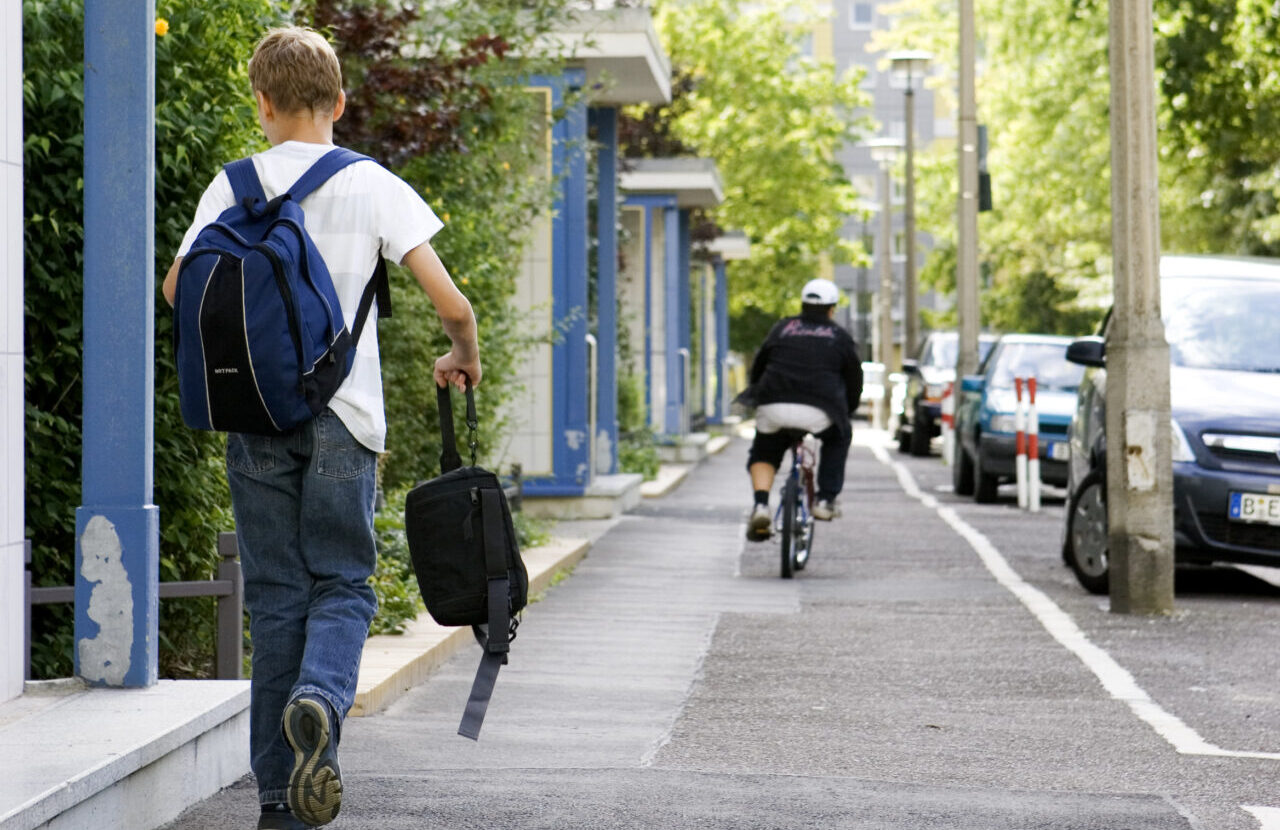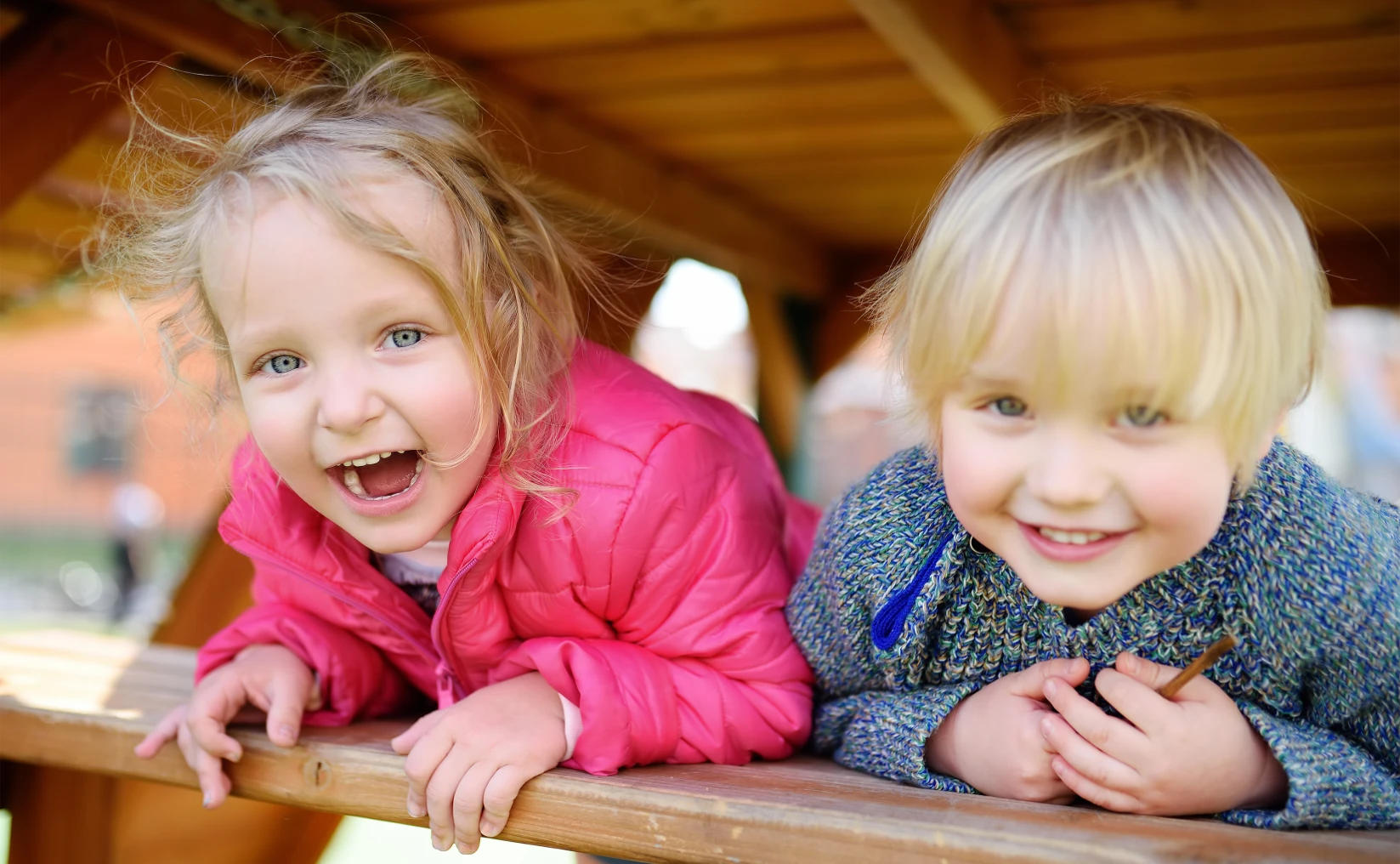Briefs
Designing playgrounds for all: Supporting children with blindness or low vision
Designing playgrounds for all: Supporting children with blindness or low vision
Public playgrounds are vital spaces for children to explore, play, and learn essential skills – both physical, social, and emotional. For children with blindness or low vision (BLV), these spaces often do not meet their needs.
Research has shown that most playgrounds are, typically, not accessible to BLV children. This may lead to developmental delays and limited opportunities for social interaction. To address these gaps, Reinhardt and colleagues (2023) explored how playgrounds can better support BLV children through thoughtful and inclusive design.
In their study, they first reviewed existing research literature and approaches to identify key barriers faced by BLV children in playgrounds. Next, they explored two case studies: one on the use of tactile maps to help children with blindness or low vision navigate playgrounds, and another based on surveys of parents and vision specialist teachers about the experience of school playgrounds.
Building on these findings, the researchers introduce a best-practice matrix for inclusive design aimed at BLV children and their parents and carers along with key strategies.
This brief aims to encourage designers, city planners, and community groups to support inclusive playground design while considering the needs of people with BLV.
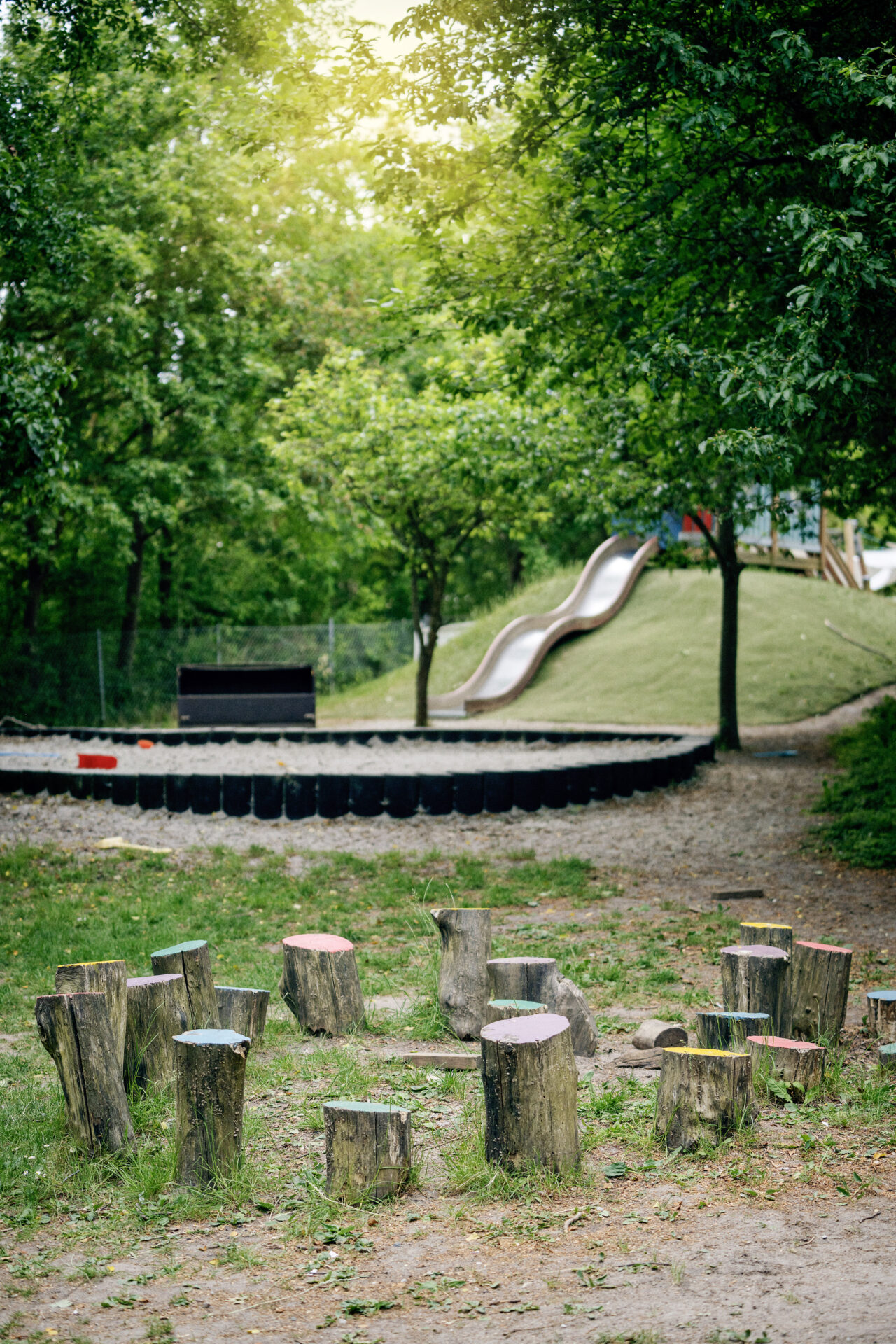
Let them climb! How adults shape risky play opportunities for children
Let them climb! How adults shape risky play opportunities for children
Risk is often seen as something negative, but in the context of play, it refers to activities that children find exciting and challenging. While there’s always a small chance of a bruise or a scraped knee, risky play helps children test limits, make choices, and learn from mistakes.
These experiences build important life skills. Yet, opportunities for risky play have declined due to adult concerns and safety regulations. To support children’s development, it’s important to understand how play spaces are shaped – and how adults’ perceptions of risk and safety influence them.
This brief highlights key findings and recommendations from a 2024 study by Visser and colleagues on how adults shape opportunities for risky play. Based on interviews with parents, play professionals, and municipal policymakers in the Netherlands, this study explores how their beliefs, attitudes, and decisions collectively shape the social and physical environments in which children play.
This brief is particularly relevant for parents, play professionals, and policymakers.
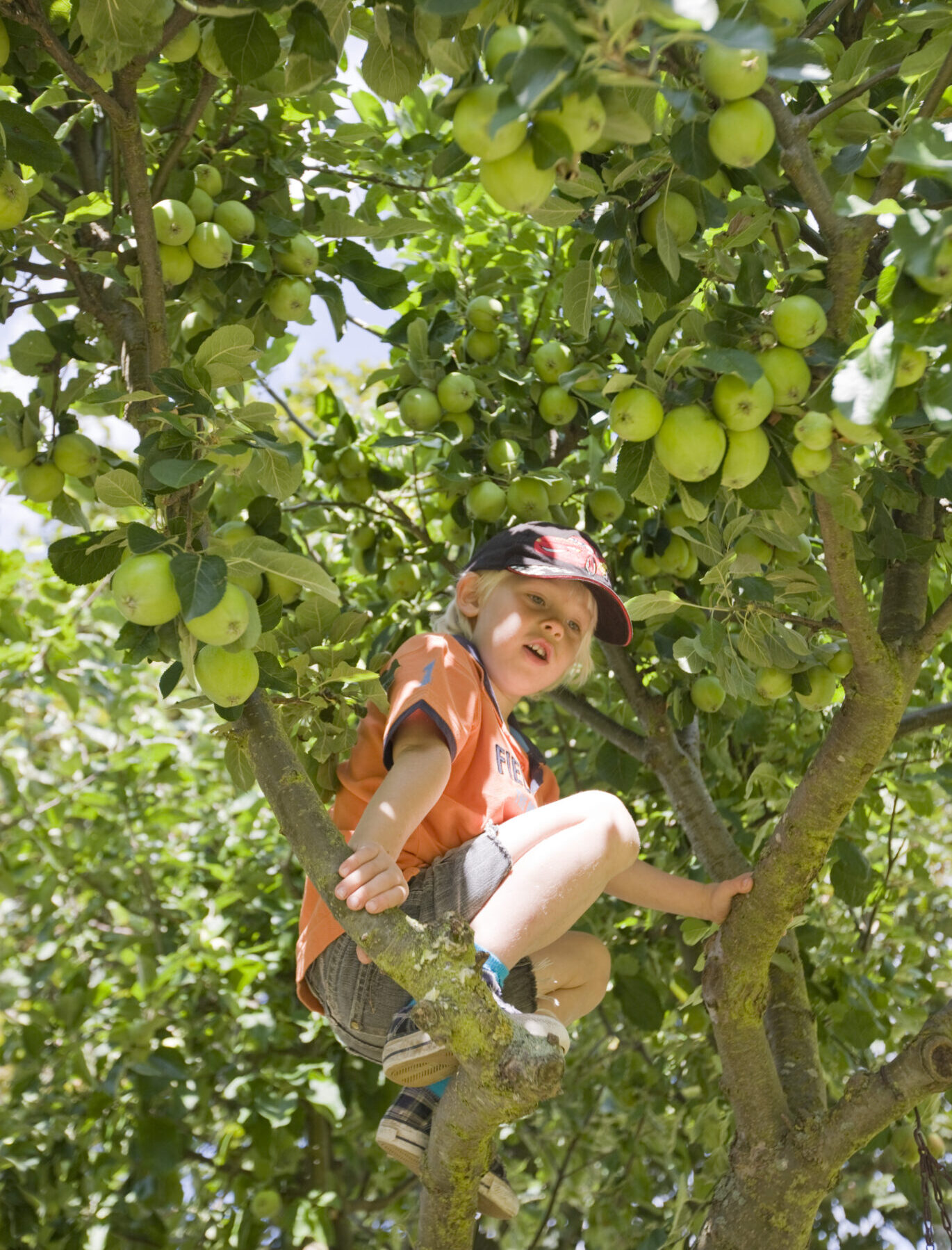
Playground design matters: Insights on quality, gender, and usage
Playground design matters: Insights on quality, gender, and usage
Outdoor play is vital for children’s physical, social, and emotional development. Yet, opportunities for outdoor play are declining due to urbanization and digitalization.
Public playgrounds can help counter this trend, but their effectiveness may depend on their design.
This study aimed to investigate how specific playground features influence children’s usage, with attention to gender differences. Bliekendaal and colleagues (2025) assessed 38 neighborhood playgrounds in Almere in the Netherlands, using the Play Space Audit Tool (PSAT). They observed 426 children’s presence through systematic headcounts.
The researchers used GEE-regression models* to analyze the relationship between playground features and usage.
The findings are particularly relevant for urban designers, playground developers, and policy advisors seeking to create inclusive, engaging, and well-utilized play environments.
* Generalized Estimating Equations (GEE) are a type of regression model used to analyze repeated or clustered data. They adjust for correlations within groups to ensure more accurate estimates.
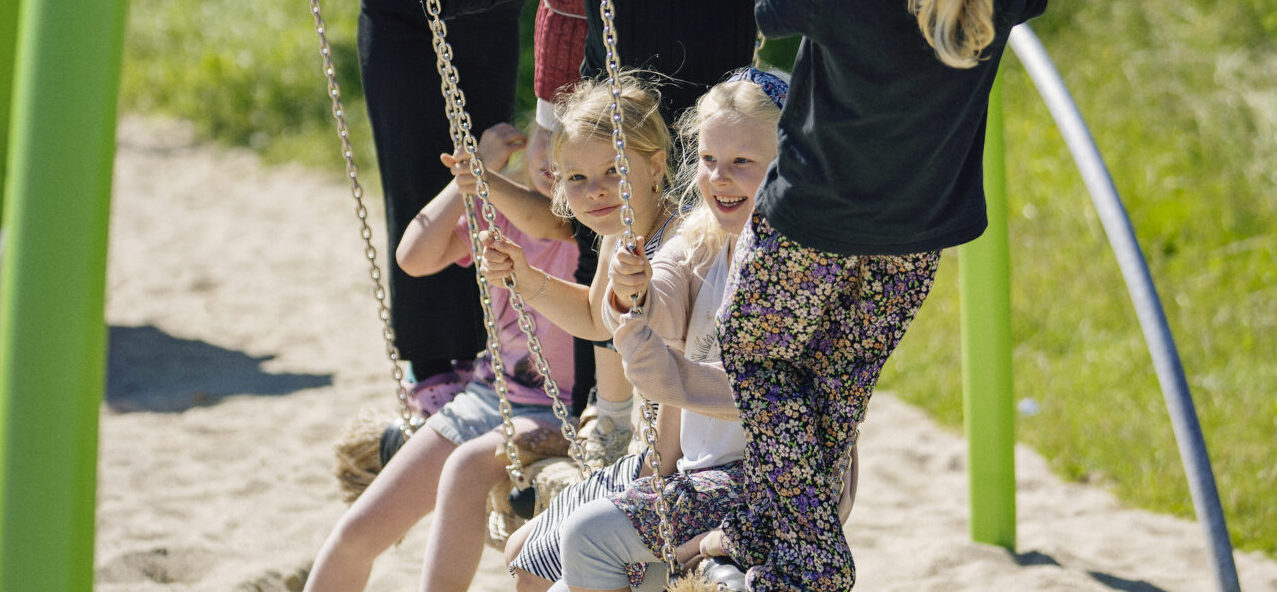
Designing heat-resilient schoolyards to support active outdoor play
Designing heat-resilient schoolyards to support active outdoor play
School recess plays a crucial role in promoting physical activity, contributing up to 44% of children’s physical activity during school days. Yet with rising global temperatures, extreme heat poses a growing barrier to outdoor activity in schoolyards.
Shade—whether from trees or structures—may help offset thermal discomfort, but its role in sustaining physical activity levels under hot conditions is an understudied topic.
To better understand these dynamics, Lanza and colleagues (2022) examined how ambient temperature and shade availability affect children’s moderate to vigorous physical activity (MVPA) in schoolyards.
The study, conducted at three elementary schools in Austin, Texas, examined MVPA and locations of 213 children aged 8-10. Accelerometers and GPS monitors were used during recess in the fall of 2019, with temperatures ranging from 11 °C to 35 °C (53-96 °F).
Findings from this study are especially relevant for school administrators, public health officials, and urban planners aiming to create heat-resilient environments that promote children’s health and well-being in a warming climate.

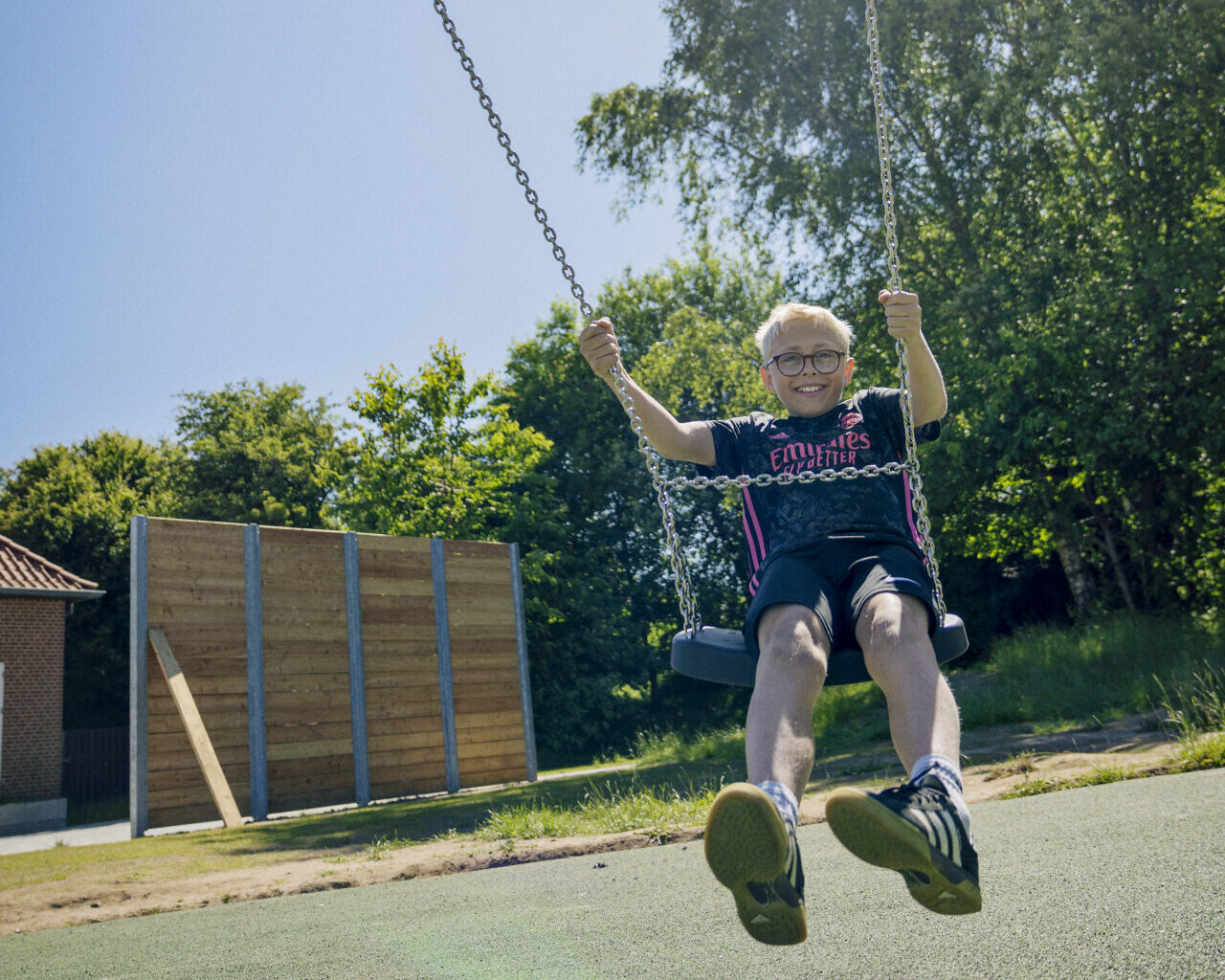
How do we create more child-friendly neighborhoods?
How do we create more child-friendly neighborhoods?
A child-friendly neighborhood supports the fundamental needs of children’s daily lives and promotes their physical, emotional, and social development.
However, parents’ perception of a neighborhood as child-friendly can influence where they choose to live and how comfortable they feel letting their children play outside or move around on their own. These choices affect children’s physical activity, which directly impacts their health and well-being.
To understand these choices, researcher Xiaoli Gong set out in her PhD project to develop a new instrument that measures how parents in the Netherlands perceive a neighborhood’s child-friendliness.
She also explored how these perceptions influence parents’ housing choices and children’s physical activity.
This brief summarizes key findings from Gong’s publications from 2024 and 2025, offering valuable insights for urban planners, designers, researchers, and professionals focused on child-friendly environments.
The findings can inform the planning of interventions to create more child-friendly neighborhoods that promote children’s physical activity and health.
